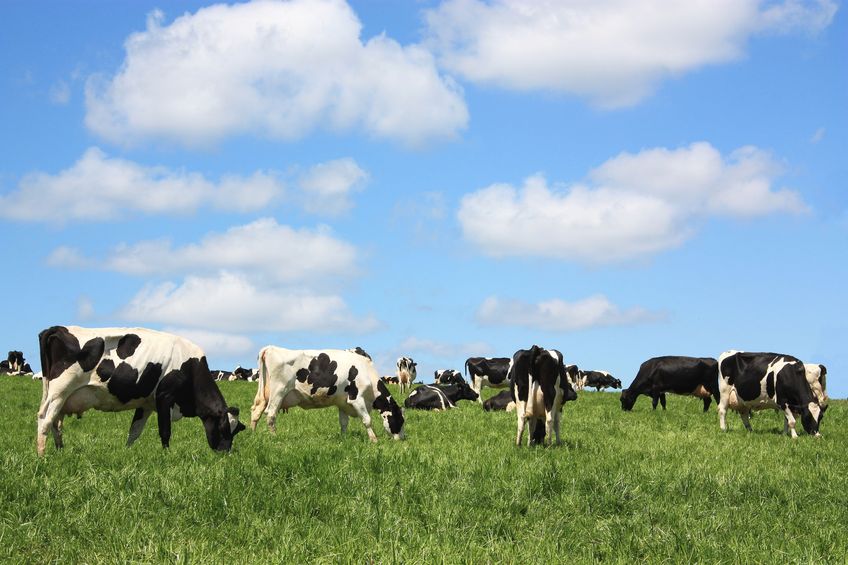
An upturn in milk price and improved technical performance is likely to contribute towards farm profits, but it follows two poor years for dairy farmers.
Business consultancy Promar has released early results from its national sample of Farm Business Accounts (FBA) for the year ending March 2018.
It suggests that the upturn in milk prices is likely to contribute towards farm profits increasing by approximately £85,000 for the average farmer, compared to the year ending March 2017.
Although fully audited results won’t be available until later this year, Promar's Milkminder matched sample data for March 2018 shows that the rolling milk price has increased by 4.98ppl over the period.
This is significant and would mean that the average dairy farm in the sample would have generated an extra £83,789 of income in the last financial year.
Reporting on the data, Nigel Davies, Promar’s National Consultancy Manager explains that the figures reinforces the effect positive market conditions can have on profits.
“Combined with the average Milkminder herd increasing yield per cow by 241 litres and keeping nearly five additional cows, these FBA farms would add a further £26,263 to income if they replicate this increase in volume of milk produced.”
Not all positive
However, Mr Davies notes that it has not all been positive news. “The Milkminder matched sample indicates that average concentrate prices have increased year-on-year by £16/tonne, this along with feed rates increasing by 0.01 kg/litre up to March 2018 will have diluted margins by circa £10,400,” he says.
Farm overheads and other non-feed costs have also come under pressure in the 12 months to March 2018. “If the average Retail Price Index (RPI) is applied to these costs in the FBA sample, then an additional average cost of £10,771 can be added for the financial y/e March 2018,” he adds.
Despite the expected improvement in profit of £85,000, Mr Davies provides caution on two key points. “This forecast outcome follows two relatively poor years in 2016 and 2017, which farmers will no doubt still be feeling the effects of.
“Additionally, the total cash requirement of these businesses in 2017 for loan commitments, capital expenditure and drawings was £168,616 which far exceeds the expected increase in profit, so although producers should have something to show for this increase, it will not be enough to meet these ongoing commitments.”
Market conditions
Looking ahead, he adds that market conditions beyond the producers control are likely to have an impact on the current year’s profit levels.
“The rolling milk price is likely to stabilise over the next few months, however overhead and other costs are likely to continue to increase at a faster rate in the financial y/e 2019,” Mr Davies explains.
“For example, oil prices have risen by 25% since March 2017, and this is likely to be sustained. The net impact of this is that at this very early stage of the year, we would foresee that in 2019, profits may not reach the higher levels seen during y/e March 2018 but shouldn’t return to the lows seen in 2016 and 2017.”
Mr Davies says accurate budgeting for the financial outcome for businesses in March 2019 is important. “Given that overhead costs are likely to increase this year, but milk prices should remain stable, one thing that producers could look to do differently when budgeting, is to focus on their costs and associated actions first, rather than sales.
“Clearly understanding your current position in terms of cash and using up-to date and accurate data such as FBA to forecast will be vital to reduce the potential impact of future market conditions.”
